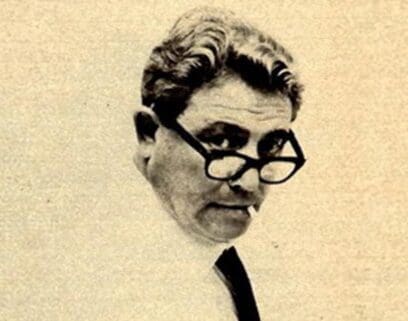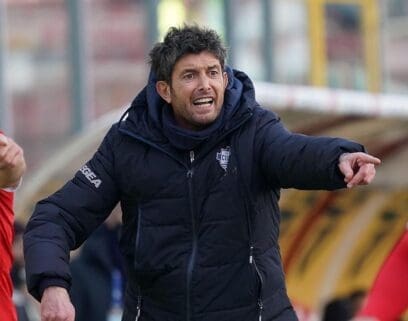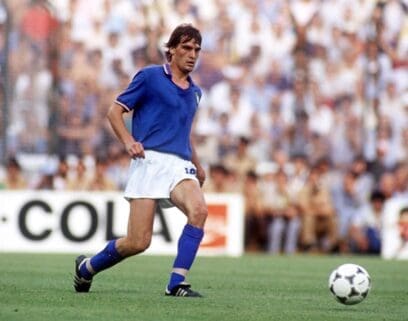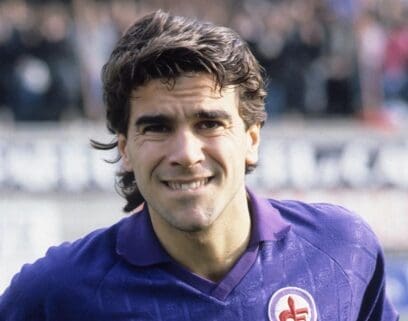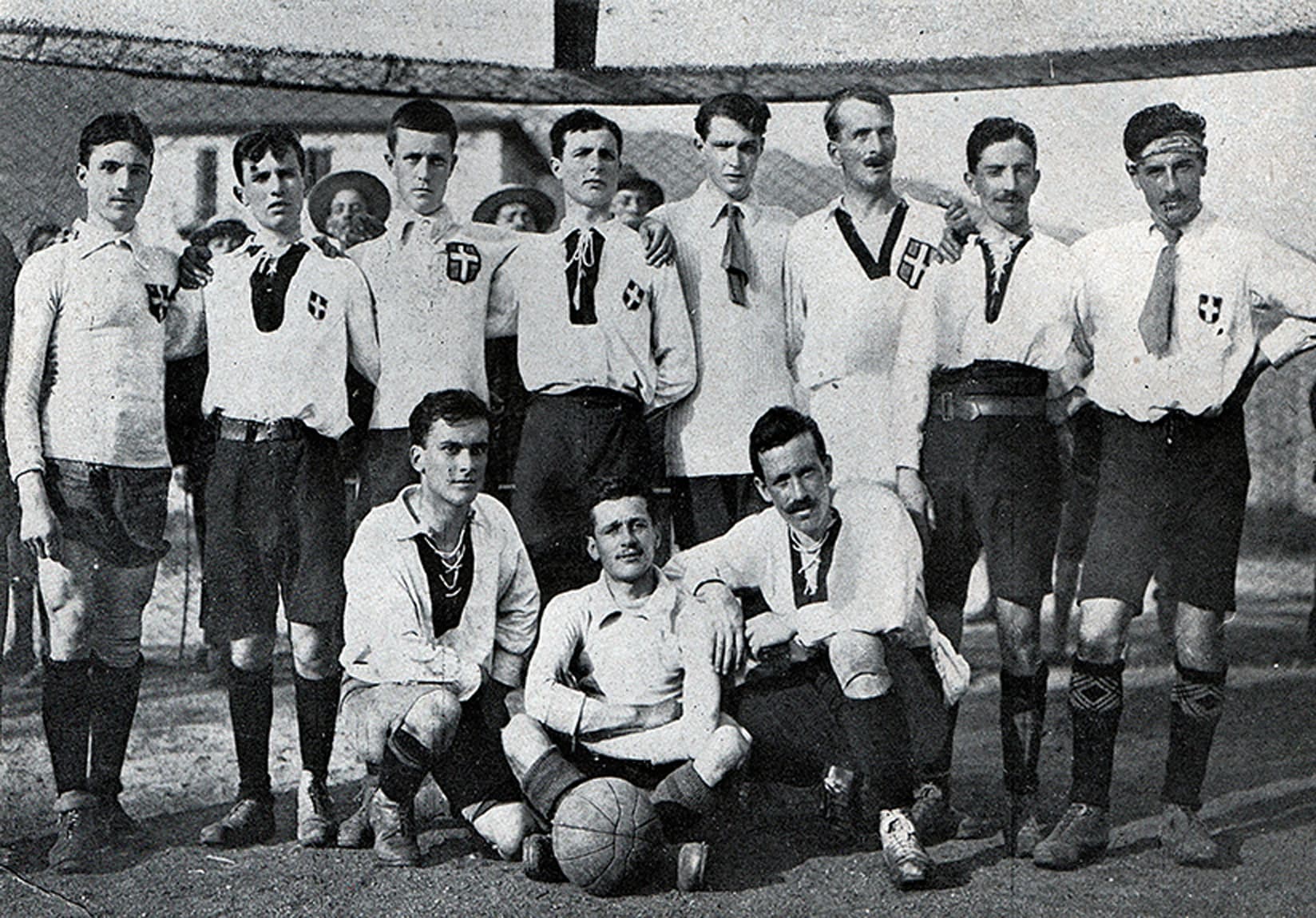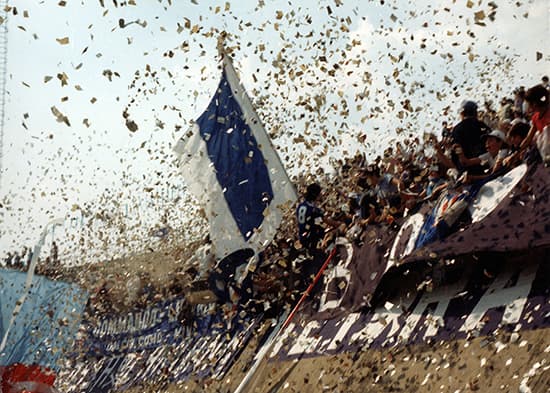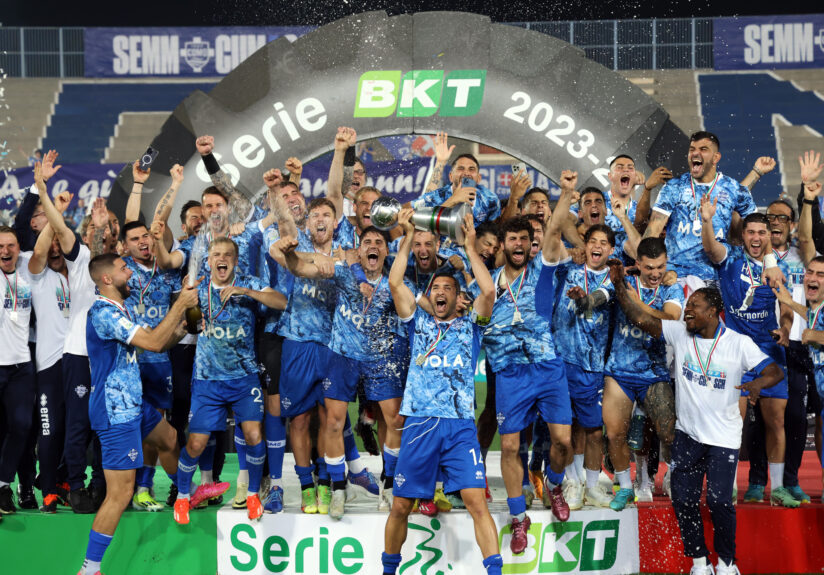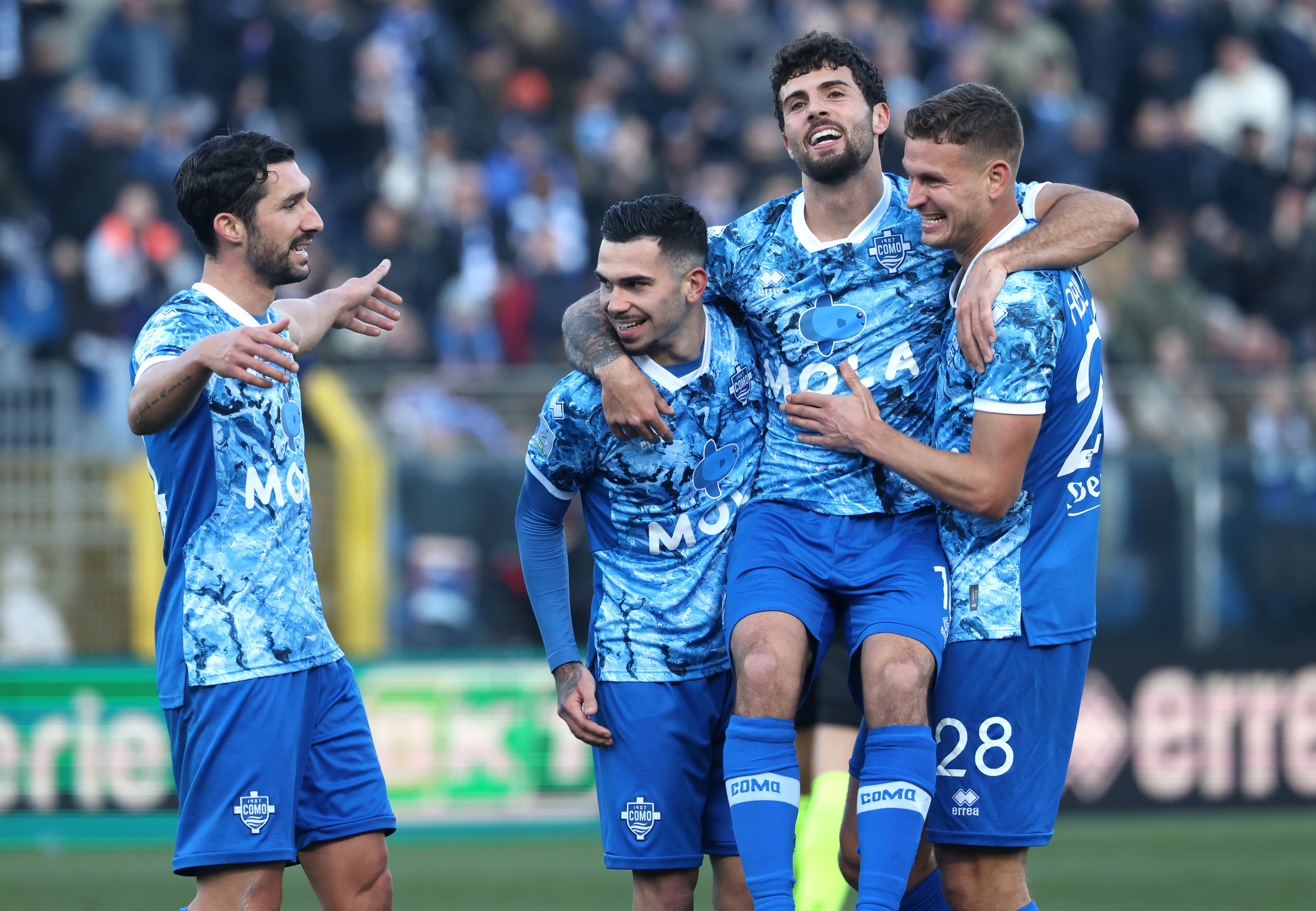
HISTORY OF THE CLUB 2009-2024
A new start with Sent Entertainment and the promotion to Serie A
Como played six Serie C seasons from 2009 to 2015, first under the presidency of Antonio Di Bari and Amilcare Rivetti, and then, from 2012 under Pietro Porro. After three seasons under the guidance of Carlo Sabatini, Como won the playoffs, finishing fourth in the league when Simone Andrea Ganz shone by scoring 18 goals. The following Serie B season was disappointing in all respects with Como in bottom place from the first to the last day, changing three coaches and using 41 players.
With relegation came bankruptcy, however bankruptcy trustee Francesco De Michele and coach Fabio Gallo still guided the club to a brilliant seventh place. At the bankruptcy auction, Como was taken over by Akosua Puni Essien, who changed the name of the club to FC Como.
FC Como’s non-inclusion in the league meant that the club had to start from Serie D in the 2017/18 season. Then on 4 April 2019, the Club was acquired by its current owners, the UK-based media and entertainment company SENT Entertainment Ltd. SENT is developing a solid corporate structure and guaranteeing Como 1907 financial stability and investments, new sports infrastructure, focus on the Youth Academy, the stadium, and of course the First Team.. SENT had a fantastic start, with the club winning the Serie D league with an all-time points record and starting the 2019/20 season in Serie C.
Como 1907 began the 2020-2021 season with high hopes to prove themselves in Serie C. Unfortunately, the global pandemic proved a challenge, but the team fought hard and at the end of the season the club won Serie C, and was promoted to Serie B.
The team’s momentum continued throughout the 2021-2022 and 2022-2023 seasons in Serie B. In the 2023-2024 season, the club achieved its the next big ambition: the return to Serie A.
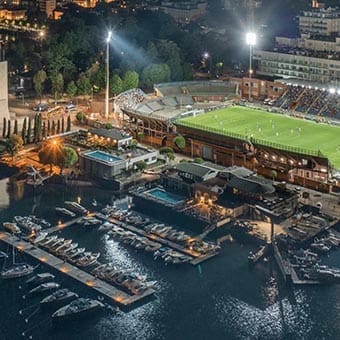
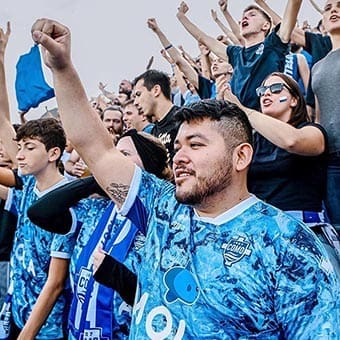
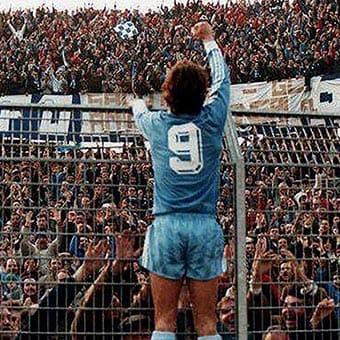
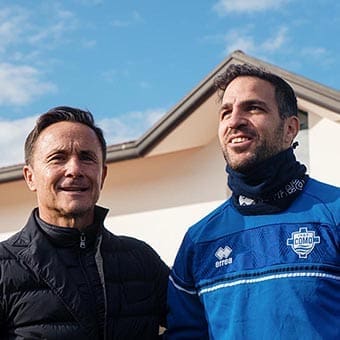
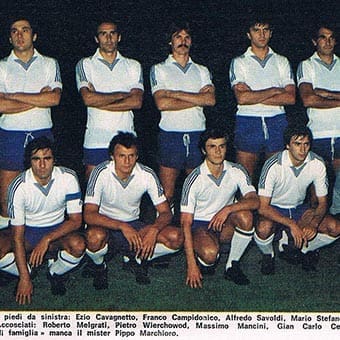

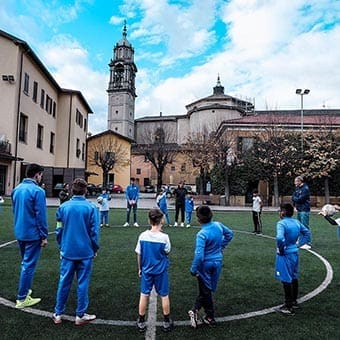
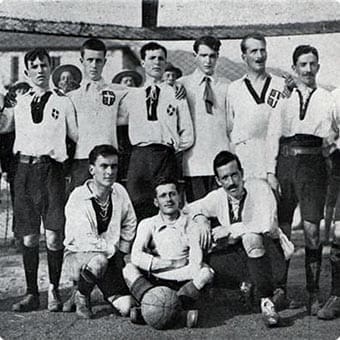
Honors
SERIE C
Champions
SERIE D
Champions
SERIE C
Coppa Italia
SERIE D
Coppa Italia
ALLIEVI NAZIONALI
Champions


